The Chain Breakers stamps are a highly significant philatelic issue that marked the formation of the State of Slovenes, Croats and Serbs (SHS) after World War I. Here are the key details:
Historical Context:
- These stamps were issued in 1919 following the collapse of the Austro-Hungarian Empire
- They were among the first stamps issued for the newly formed Yugoslav state
- They were primarily used in Slovenia (then part of the Kingdom of Serbs, Croats and Slovenes)
Design:
- The stamps feature a symbolic design of a man breaking free from chains
- This imagery represented liberation from Austro-Hungarian rule
- The design was created by artist Ivan Vavpotič
Technical Details:
- The stamps were printed in Ljubljana
- They came in multiple denominations in heller and crown values
- They were initially printed on white paper, with later printings on colored paper
- Various perforations exist (9½, 10, 11, 11½, 12½)
Varieties:
- The series includes several color variations
- There are numerous printing errors and plate varieties that are highly sought by specialists
- Some were overprinted in 1920 for further use
These stamps are popular among collectors of Eastern European philately and are considered classics of Slovenian postal history. They represent an important transitional period between the end of the Austro-Hungarian Empire and the formation of Yugoslavia.
The Chain Breakers stamps are a highly significant philatelic issue that marked the formation of the State of Slovenes, Croats and Serbs (SHS) after World War I. Here are the key details:
Historical Context:
- These stamps were issued in 1919 following the collapse of the Austro-Hungarian Empire
- They were among the first stamps issued for the newly formed Yugoslav state
- They were primarily used in Slovenia (then part of the Kingdom of Serbs, Croats and Slovenes)
Design:
- The stamps feature a symbolic design of a man breaking free from chains
- This imagery represented liberation from Austro-Hungarian rule
- The design was created by artist Ivan Vavpotič
Technical Details:
- The stamps were printed in Ljubljana
- They came in multiple denominations in heller and crown values
- They were initially printed on white paper, with later printings on colored paper
- Various perforations exist (9½, 10, 11, 11½, 12½)
Varieties:
- The series includes several color variations
- There are numerous printing errors and plate varieties that are highly sought by specialists
- Some were overprinted in 1920 for further use
These stamps are popular among collectors of Eastern European philately and are considered classics of Slovenian postal history. They represent an important transitional period between the end of the Austro-Hungarian Empire and the formation of Yugoslavia.

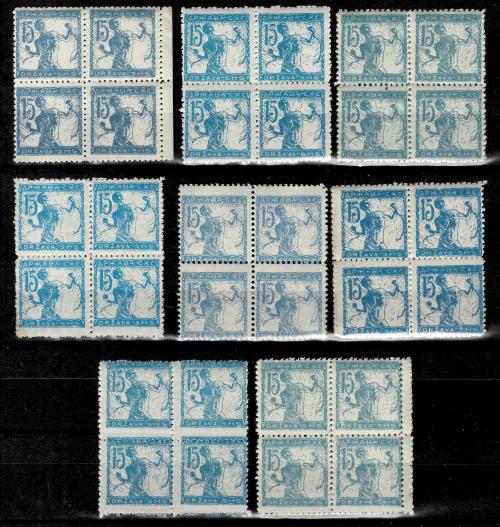

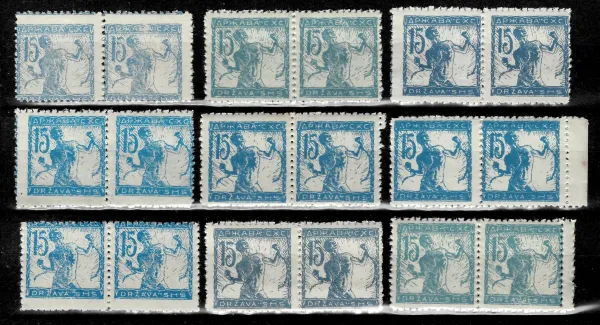
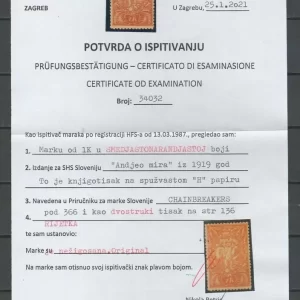
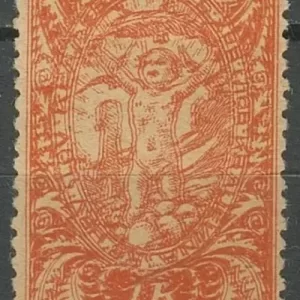
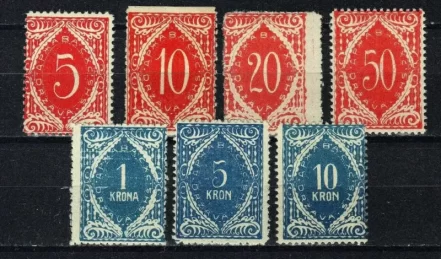
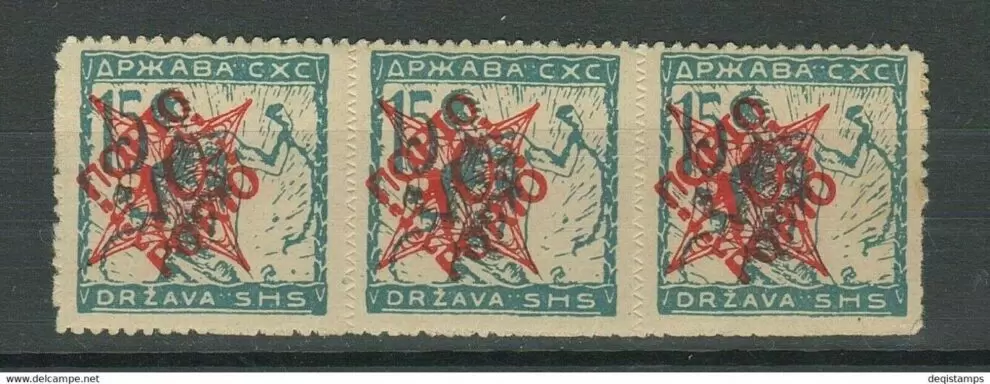
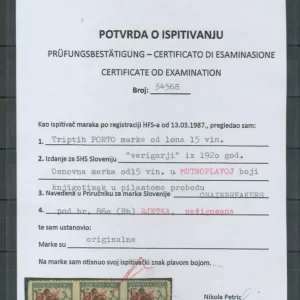
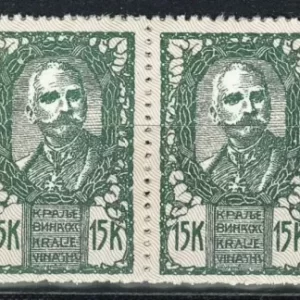
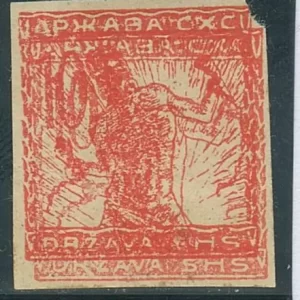
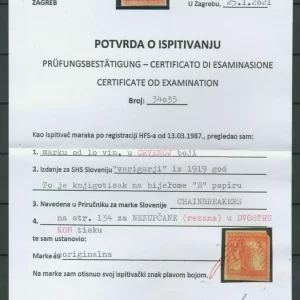
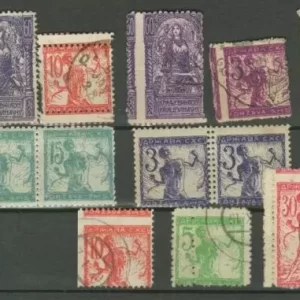
Reviews
There are no reviews yet.